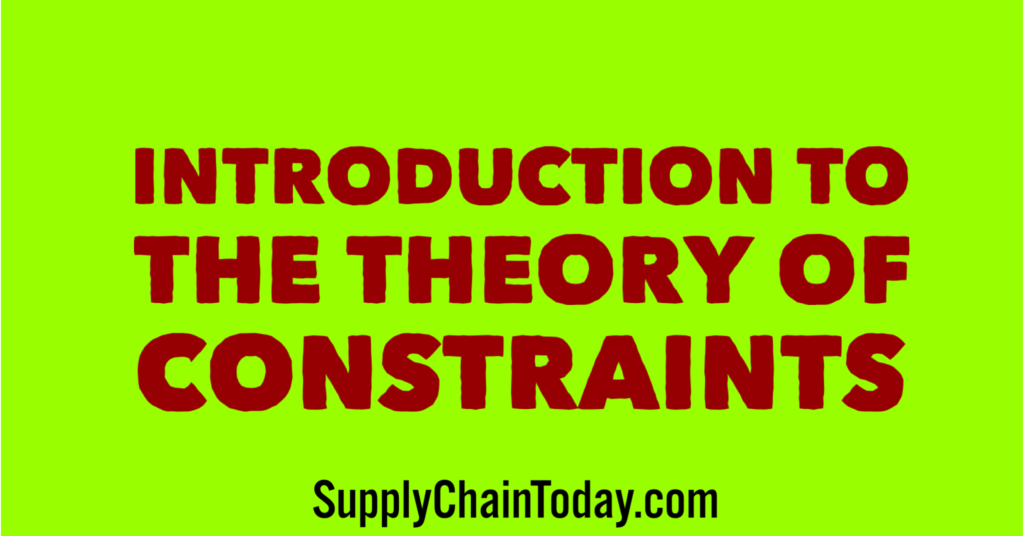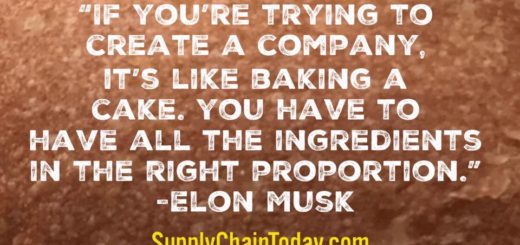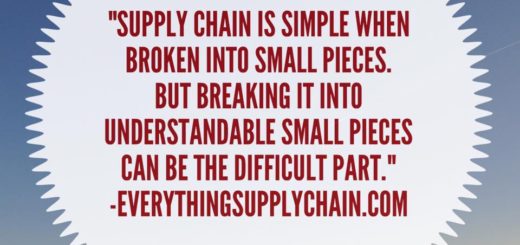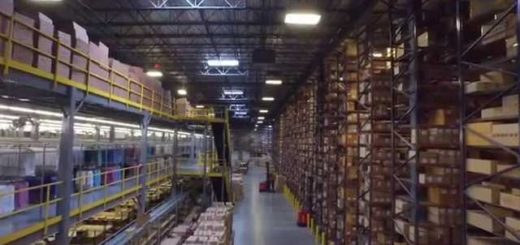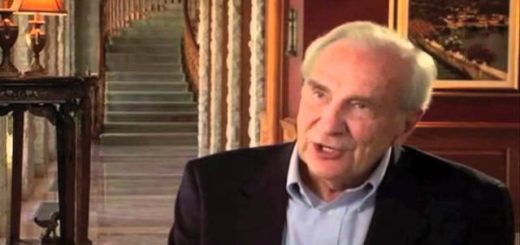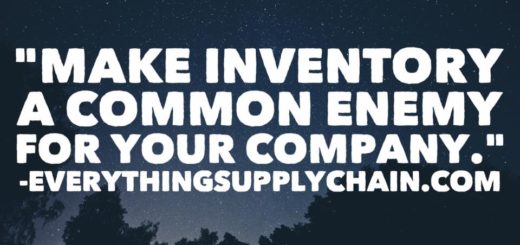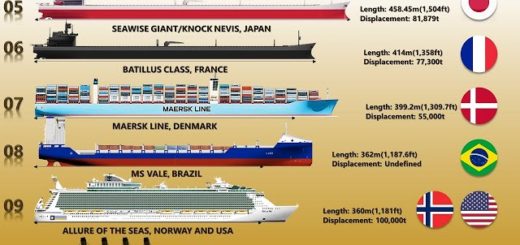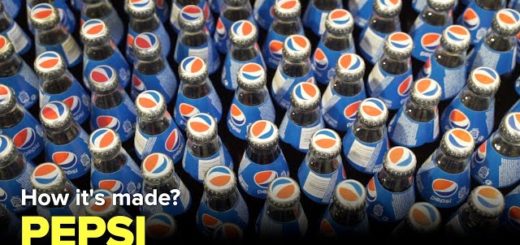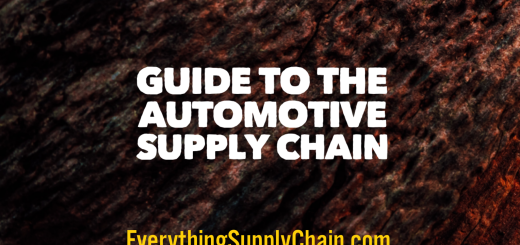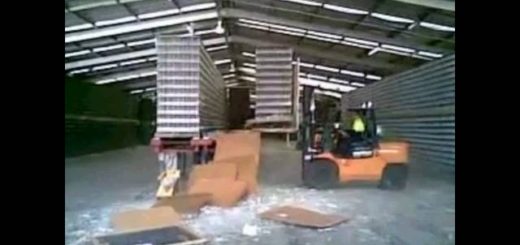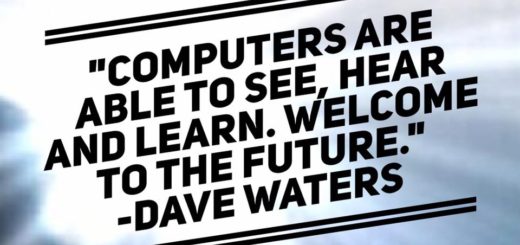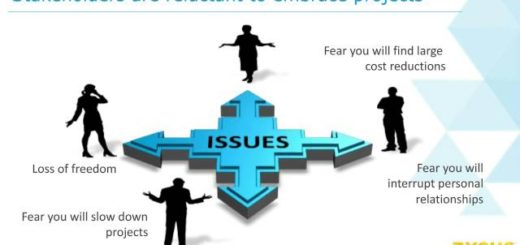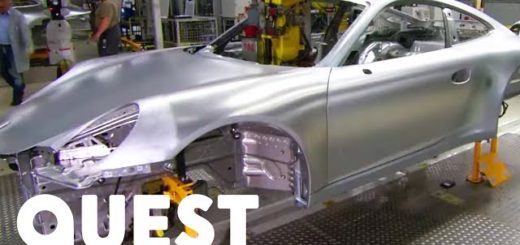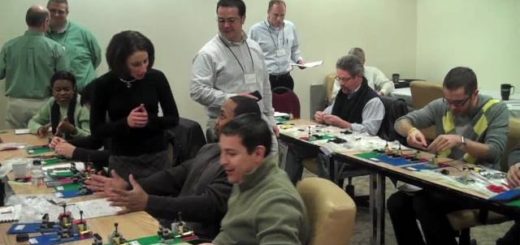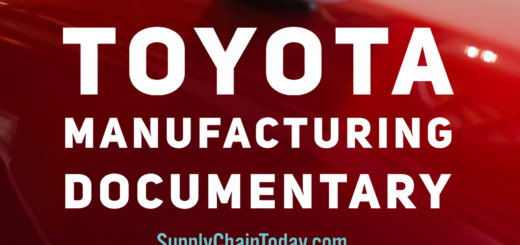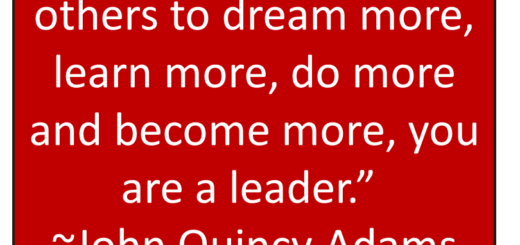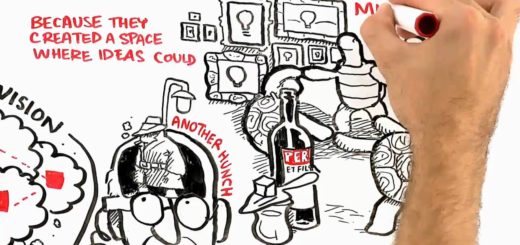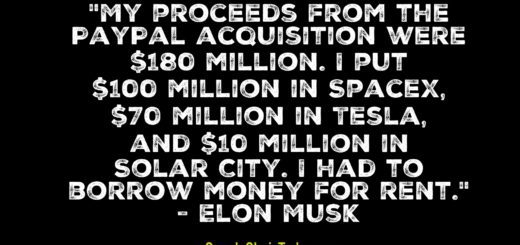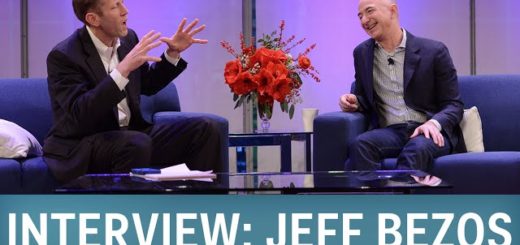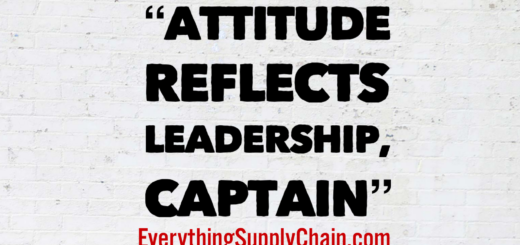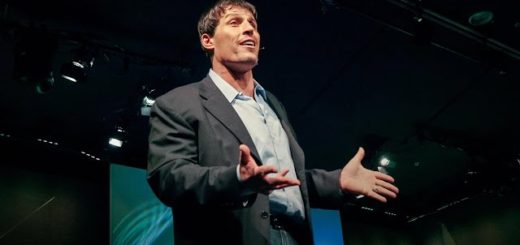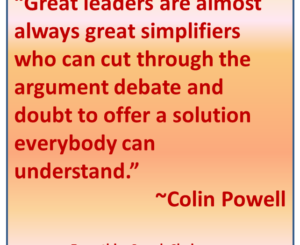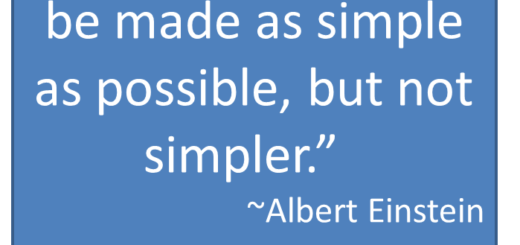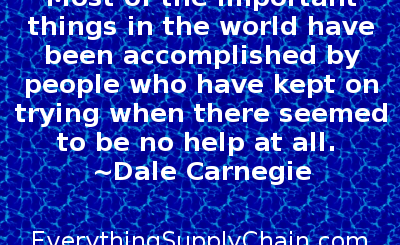Introduction to Theory of Constraints – Supply Chain Concept
Theory of Constraints (TOC)
The Theory of Constraints (TOC) is a management philosophy that was developed by Dr. Eliyahu Goldratt in the 1980s. The theory focuses on identifying and managing the constraints that limit the performance of a system, whether it’s a manufacturing process or a supply chain.
TOC proposes that in any system, there is one constraint or bottleneck that limits the system’s performance. This constraint is often referred to as the “system’s bottleneck” and must be identified and managed in order to improve the overall performance of the system.
In manufacturing, TOC can be applied to identify and manage the constraints that limit production capacity. For example, a production line may have several stations, but one station is the slowest and limits the overall production rate. By identifying and managing this constraint, the overall production rate can be increased.
In supply chain, TOC can be applied to identify and manage the constraints that limit the flow of materials and products through the supply chain. For example, a supplier may have a long lead time that limits the flow of materials to the manufacturing facility, or a warehouse may have limited storage capacity that limits the flow of products to customers. By identifying and managing these constraints, the overall flow of materials and products can be improved.
To implement TOC in manufacturing or supply chain, the following steps can be taken:
- Identify the constraint: The first step is to identify the constraint that limits the performance of the system. This can be done by analyzing data and identifying the slowest or most limiting point in the process.
- Exploit the constraint: Once the constraint has been identified, the next step is to exploit it to the fullest. This may involve increasing the capacity of the constraint or scheduling more work to be done at the constraint.
- Subordinate all other processes to the constraint: Once the constraint has been exploited, the next step is to subordinate all other processes to the constraint. This means that all other processes should be aligned with the constraint to ensure that it is not hindered by other processes.
- Elevate the constraint: Once the constraint has been exploited and subordinated, the next step is to elevate the constraint. This means finding a way to increase the capacity of the constraint or finding a new constraint.
- Repeat: The process is repeated until the constraint is no longer limiting the system’s performance.
In summary, The Theory of Constraints (TOC) is a management philosophy that focuses on identifying and managing the constraints that limit the performance of a system. By identifying and managing the constraints in manufacturing or supply chain, TOC can help to improve the overall performance of the system. TOC also emphasizes the importance of continuous improvement and repetition of the process to achieve the best performance possible.
Theory of Constraints (TOC) is an overall management philosophy introduced by Dr. Eliyahu M. Goldratt in his 1984 book titled The Goal, that is geared to help organizations continually achieve their goal. The title comes from the contention that any manageable system is limited in achieving more of its goal by a very small number of constraints, and that there is always at least one constraint. The TOC process seeks to identify the constraint and restructure the rest of the organization around it, through the use of the Five Focusing Steps.
SCM Quotes
- “I think frugality drives innovation, just like other constraints do. One of the only ways to get out of a tight box is to invent your way out.” ~ Jeff Bezos
- “To invent, you need a good imagination and a pile of junk.” ~ Thomas Edison
- “Creativity doesn’t just love constraints; it thrives under them.” ~ David Burkus
- “It always seems impossible until it’s done.” ~ Nelson Mandela
- “Innovation is the act that endows resources with a new capacity to create wealth.” ~ Peter Drucker
Inventory Training videos.
- End To End Supply Chain Management Process
- How Amazon Receives Your Inventory.
- How to Eliminate Cost in the Supply Chain.
- Introduction to Lean Manufacturing.
- Introduction to Theory of Constraints – Supply Chain Concept.
- Lean Six Sigma In 8 Minutes.
- The Path to Success with Paul Akers: Lean Manufacturing.
- Professor Hau Lee on the bullwhip effect.
- Pull Systems: Lean Manufacturing
- SCM: The Beer Game.
- SCM Key Concepts
- Supply Chain Resources Organized by Topic
- Supply Chain Today.
- The Beer Game – Supply Chain Management.
- The Goal by Eliyahu M. Goldratt – A Book Review.
- Understanding and Optimizing Inventory in Supply Chains.
- What is Inventory management?
